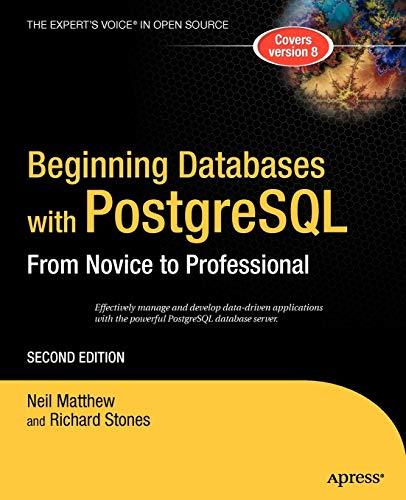Solve the following questions about the embedded system on tm4c123gh6pm board.

Suppose you want to configure UARTI for a baud rate of 115.200 bps. To generate the transmit clock in the UART (the rate at which it transmits bits on the Tx wire), the UART uses a 16 MHz system clock and is also set up to use a clock divisor of 16 (HSE bit is 0 in UARTCTL register). There are two registers in a UART for configuring the baud rate: UARTn_IBRD_ R and UARTn FBRD_R. These registers combine into a 22-bit register used to calculate baud rate, Te, a 16-bit integer part IBRD) and a 6-bit fractional part (FBRD). Note that these represent a 22-bit binary fixed-point value. The equations for determining the integer and fractional values for these registers are given in the datasheet, textbook, and other resources. 1. What values should be assigned to the IBRD and FBRD registers for a baud rate of 115,200? Give your answers in decimal. Show your work. 2. What is the address in memory of the UARTI IBRD register? 3. What is the #define macro name of the UART I register that has empty and full flags. e.. bits indicating whether the transmit register/FIFO (denoted by TX) is full or empty, and whether the receive register/FIFO (RX) is full or empty? 4. Compare the following UART interrupt registers: Interrupt Mask register (UARTIM in the datasheet or UARTn IM R macro) and Masked Interrupt Status register (UARTMIS in the datasheet or UARTn MIS R macro). UARTIM enables interrupts; UARTMIS indicates whether an enabled interrupt has occurred. Note that there are several possible causes or triggers for interrupts by the UART. For example, an interrupt can be triggered if a data byte has been received by the UART (and is then ready to be read by software from the UART Data register). Which bit number in the IM and MIS registers corresponds to a data received interrupt? Suppose you want to configure UARTI for a baud rate of 115.200 bps. To generate the transmit clock in the UART (the rate at which it transmits bits on the Tx wire), the UART uses a 16 MHz system clock and is also set up to use a clock divisor of 16 (HSE bit is 0 in UARTCTL register). There are two registers in a UART for configuring the baud rate: UARTn_IBRD_ R and UARTn FBRD_R. These registers combine into a 22-bit register used to calculate baud rate, Te, a 16-bit integer part IBRD) and a 6-bit fractional part (FBRD). Note that these represent a 22-bit binary fixed-point value. The equations for determining the integer and fractional values for these registers are given in the datasheet, textbook, and other resources. 1. What values should be assigned to the IBRD and FBRD registers for a baud rate of 115,200? Give your answers in decimal. Show your work. 2. What is the address in memory of the UARTI IBRD register? 3. What is the #define macro name of the UART I register that has empty and full flags. e.. bits indicating whether the transmit register/FIFO (denoted by TX) is full or empty, and whether the receive register/FIFO (RX) is full or empty? 4. Compare the following UART interrupt registers: Interrupt Mask register (UARTIM in the datasheet or UARTn IM R macro) and Masked Interrupt Status register (UARTMIS in the datasheet or UARTn MIS R macro). UARTIM enables interrupts; UARTMIS indicates whether an enabled interrupt has occurred. Note that there are several possible causes or triggers for interrupts by the UART. For example, an interrupt can be triggered if a data byte has been received by the UART (and is then ready to be read by software from the UART Data register). Which bit number in the IM and MIS registers corresponds to a data received interrupt







